
Time, like an ever rolling stream, soon bears us all away;
We fly forgotten, as a dream fades at the opening day.
— Isaac Watts, 1719
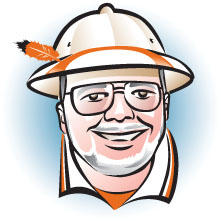
There’s almost no one as guilty as I when it comes to equating – or at least overemphasizing – Reunions as the true coin of the realm when it comes to alumni attention and proactive involvement. That’s not hard to understand if your thought progression goes thusly: 1) There is an unarguable uniqueness in Princeton alums’ relationship to their alma mater (catty remarks on your wardrobe from your non-Tiger “friends” and a glance at Annual Giving numbers are more than you need to prove this); 2) as far as alumni activities go, Reunions at Princeton is as peculiar as anything could be while remaining within the solar system; thus 3) Reunions must be the core of Princeton alumnihood, from which all else flows.
To be fair, though, such a pat explanation almost has to be oversimplistic – very likely the reason it appeals to me, duh – and many other elements of University and alumni life must be important in cementing any high-profile and creative relationship with a huge, increasingly diverse coterie who each, after all, were on campus for only a few years. One of these elements, which we should consider now on its 100th birthday this Feb. 21, is Alumni Day, the annual midwinter return of the oldsters (mostly those who live nearby; we’ll get to that) to campus snowdrifts, awards, athletics, and a mélange of other stuff.
As the University started to consolidate the pro-intellectualism put into play by the Wilson administration in 1902-10 (yep, here he is again …), the idea of having alumni see normal campus programs when they weren’t at Reunions/ Commencement (drinking) or at the Big Three football game (drinking) gained traction, reinforced by the prior success of such an effort at Yale. The initial timing on Lincoln’s birthday 1915 was happenstance; it was a federal holiday on a Friday but classes were in session, and the president was available. There being no blizzard, 120 alumni showed up for a series of lectures and receptions; as many as 300 had been expected, but nobody really had a clue. So the next year it moved to Washington’s birthday, then still vociferously celebrated by the undergrads, which allowed more visibility of student doings and, thus, drinking. The Washington’s birthday hoopla died out after the ’30s, but Alumni Day continued, and then in 1955 switched from the holiday itself to the Saturday nearest Feb. 22, pretty much defeating the idea of seeing the campus in action, except for athletic events and a smattering of special lectures. As a one-day event, it now was more available to a national alumni body, but still barely worth a long trip for a few sessions.
Two interesting developments took place later. Alumni awards were created – the Wilson Award in 1957 (Norman Armour 1909 was the first awardee) and the Madison Medal in 1973 (John Bardeen *36) – with their esteemed winners giving major lectures. And the annual University Service of Remembrance, which began at Reunions in 1919 in the grim aftermath of World War I, moved to Alumni Day in 1970. While these (and mainly these) still offer unique reasons to return to Princeton each year, the event has remained a one-day winter niche event in the calendar, overwhelmingly populated by alums from the Boston-Washington corridor (about 1,500 people attend these days), and it seems sort of the “before” picture of Cinderella huddled with her broom in the wintry corner, contrasted with the “after” portrait of the belle of the ball offered by Reunions (complete with live music and more than 20,000 revelers) in May.
Those of us who’ve been to a few Alumni Days generally have enjoyed the event, but then again missing one is not the same as missing Reunions, so I’ve been trying to figure out why. My answer has two moving parts to it: One deals with activities, the other with meaning, so hang with me here.
There’s nothing wrong with what happens at Alumni Day, except that the original concept a century ago was better: Alums now get to see the campus, but they don’t get to see the educational process in action. For my part – reinforced by my online adventures in Professor Jeremy Adelman’s world-history course last fall – if you simply were to let alumni audit classes en masse on Thursday and/or Friday, they’d be ecstatic. No need to organize special seminars, no need to create complex events; just allow six people to sign up for a precept, or 20 for a lecture, or 10 for a lab (or whatever) and let ’em kibitz. Once a year wouldn’t kill the students or profs, and the good will would be endless. Combined with a Friday-night reception (an idea quietly being test-marketed this year) and the current Saturday activities, you’d instantly have a far more substantial draw, especially for alums at a distance from Princeton. The luncheon would remain a nice celebratory time, and the Service of Remembrance, especially with an even broader representation among alums, would gain even more importance, which it richly deserves.
The Service of Remembrance, in the singular atmosphere of the Chapel where we all began and ended our Princeton days, calls deeply to each of us in turn, through our closest memories. In the words of last year’s Memorial Address by Bill Conover ’89 (the address traditionally is delivered by a member of the clergy from the 25th-reunion class), “Here we have time and space to open our hearts … ponder the mystery and the goodness of [Princeton’s daughters’ and sons’] lives … give a Tiger’s roar of celebration that they were ours and we theirs… embracing with tender appreciation all those recently deceased who ever taught and learned here, lectured and created and coached, cherished and nurtured and lifted this community up.” Conover also extended this idea to its logical conclusion: “Implicit in the ritual is the obvious truth that one day we will be among the gone ones, and they will be responsible to remember us.” And among the wistful hymns (e.g. “O God, Our Help in Ages Past”) and the creation of a massive wreath from the individual flowers of each Princeton class and group, the assembly invokes the Prayer for Princeton:
O Eternal God, the source of life and light for all peoples,
we pray you would endow this University with your grace and wisdom:
Give inspiration and understanding to those who teach and to those who learn.
Grant vision to her trustees and administrators.
To all who work here and to all who bear her name give your guiding Spirit of sacrificial courage and loving service. Amen.
If you never have been there, you are poorer for it.
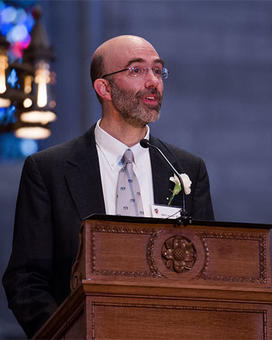
Which brings us to the question of what this means in the scheme of things. Reunions, our (my?) shibboleth of alumni activity, has counterintuitively become a celebration of the future. Originally designed as an embellishment to Commencement – think about that for a moment – it continues, crucially, to feature the senior class with its limitless potential (and capacity to imbibe, of course); in recent times program additions have emphasized offspring (even younger incipient mini-Tigers) and limitless seminars with forward-gazing topics: global warming, communications, space travel, investments (of course), contemporary politics, on and on. There is nothing wrong with this; if you judge by attendance, this formula (which implies a conscious design that may not really have ever existed, to be fair) may well be the second-most-successful idea in U.S. higher education, after ESPN. So it seems sensible, if Alumni Day is to be a useful counterpoint to Reunions, that it be even more consciously focused on the past and our heritage; the matchless Service of Remembrance certainly is a huge running start in that direction. “But what of the thousands of class visits?” you rightly inquire. Well, the dirty secret is that the alums will love them not because of the entertaining faculty and brilliant students (who coincidentally will be there, of course) but because of the grads’ idealized images of their own classroom days, and the conceit that those were as illuminating and stress-free as the one they’re attending. This evocation is as easy as shooting semicolons in a syllabus.
So that’s my modest proposal: Reunions Going Forward (as if they could be stopped), and Alumni Day Going Back. A day – make that three days – when we can, in the words of Bill Conover, “marvel a moment at the infinite improbability that these people came into the world and onto this campus right on schedule. Think of all the unlikely conditions that had to ripen perfectly for that remarkable set of blessings to occur. And gather all of them up. All those people are present.”
Dei sub numine viget . See you Feb. 21st.

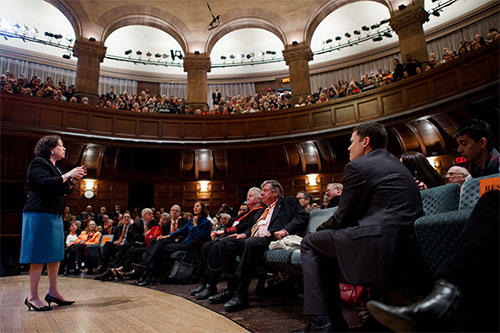
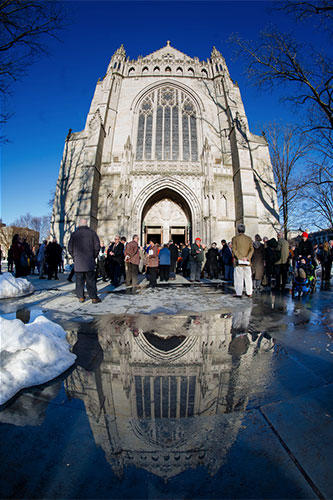





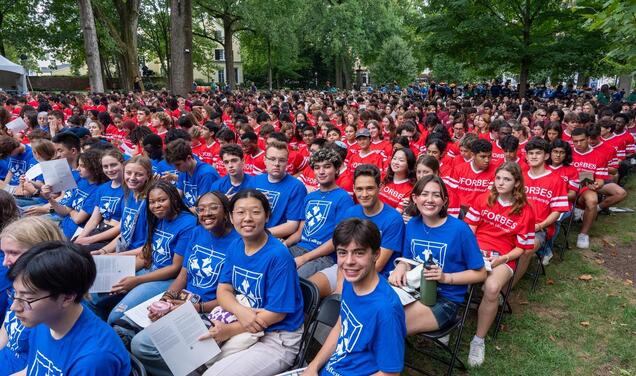
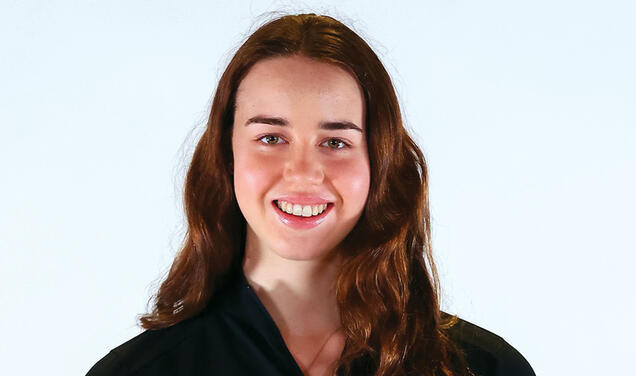
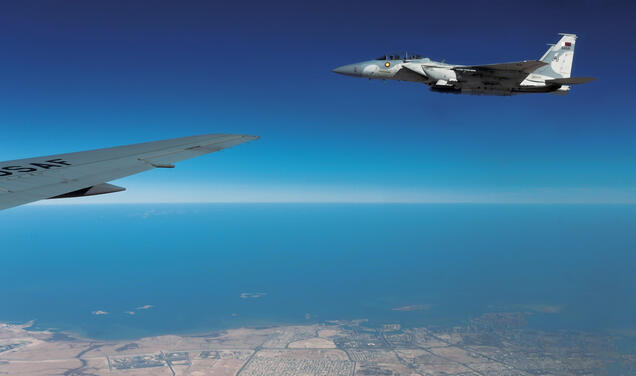

No responses yet